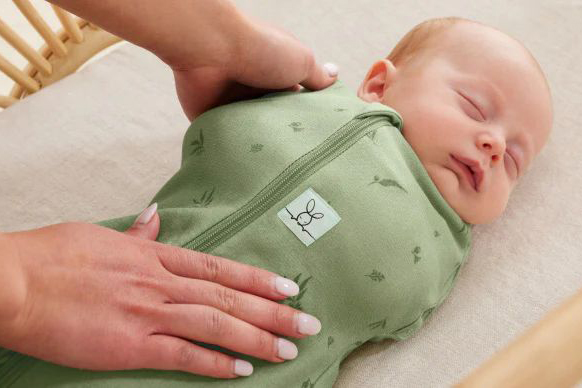
Hi, I'm David, a professional in baby clothing manufacturing with 19 years of experience. I often get asked, “Which is the best fabric for swaddling my baby?” Choosing the right fabric is key to ensuring comfort and safety for our little ones.
Swaddling with natural fabrics like organic cotton and bamboo is ideal for your baby’s sensitive skin. Both materials offer softness, breathability, and temperature regulation. Bamboo is known for its moisture-wicking properties, while cotton is hypoallergenic and durable. The choice depends on your baby’s unique needs, making it essential to understand the benefits of each fabric.
Let’s explore some common questions about swaddle fabrics.
Are bamboo or cotton swaddles better?
I have used both bamboo and cotton swaddles. Each fabric offers unique benefits, and my experience has shown that both are excellent choices depending on your baby’s sensitivity and climate.
Bamboo swaddles provide a silky feel and superior breathability, while cotton swaddles are soft, durable, and gentle on sensitive skin. Consider your baby’s needs when choosing between these two.
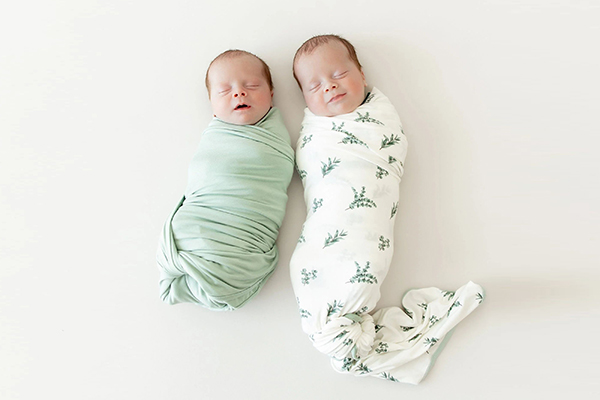
When comparing bamboo and cotton, I weigh several factors.
Benefits
- Bamboo: Moisture-wicking, naturally antibacterial, eco-friendly.
- Cotton: Hypoallergenic, widely available, strong and soft.
| Feature | Bamboo | Cotton |
|---|---|---|
| Softness | Silky smooth | Gentle and soft |
| Breathability | Excellent moisture control | Good air circulation |
| Durability | Moderate durability | High durability |
| Eco-friendliness | Sustainable | Organic options exist |
These qualities matter when you consider your baby’s comfort and safety. Bamboo may be better in humid climates due to its moisture management, while cotton provides reliable comfort and durability. I always recommend testing a small sample to see what suits your baby best before making a larger purchase.
What is the safest material for a baby blanket?
I always prioritize safety when selecting a baby blanket. Safety is paramount, and I lean towards fabrics that are hypoallergenic and chemical-free.
Organic cotton is often considered the safest material for baby blankets because it is free from harmful chemicals and gentle on sensitive skin, ensuring a cozy and secure environment for infants.
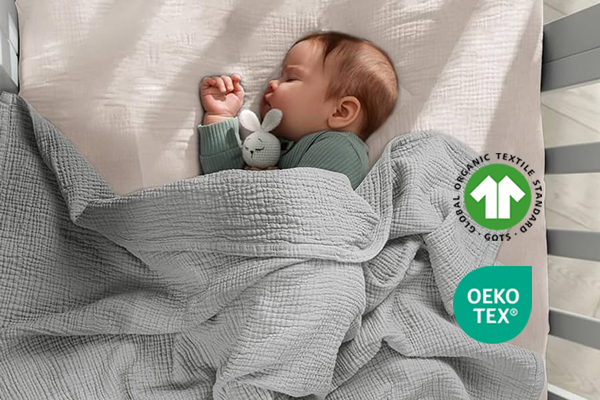
Safety in baby blankets involves choosing materials that minimize allergic reactions.
Key Safety Factors
- Hypoallergenic Properties: Reduces the risk of skin irritations.
- Chemical-Free Production: Ensures no toxic residues.
| Material | Hypoallergenic | Chemical-Free | Durability |
|---|---|---|---|
| Organic Cotton | Yes | Yes | High |
| Bamboo | Yes | Mostly | Moderate |
I always suggest organic cotton for its proven safety record. Its cultivation and processing methods ensure that your baby is not exposed to harmful chemicals. Detailed testing and certification standards often back these claims, making organic cotton a trusted choice among parents and manufacturers alike.
What fabric are hospital swaddles?
In my experience with quality production, hospital swaddles are typically made with materials that meet strict hygiene and safety standards.
Hospitals often choose 100% organic cotton for swaddles due to its superior cleanliness, hypoallergenic nature, and ease of sterilization, ensuring that newborns remain safe and comfortable.
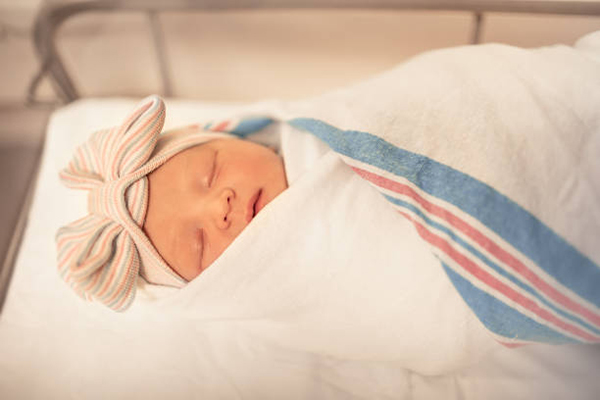
Hospital swaddles are designed for safety and durability.
Hospital Fabric Requirements
- Ease of Cleaning: Must withstand frequent washes.
- Non-Irritating: Suitable for sensitive skin.
| Aspect | Organic Cotton |
|---|---|
| Sterilization | Excellent |
| Skin Sensitivity | High |
| Wash Durability | Very Good |
Hospitals choose fabrics that can endure high-temperature washes and repeated use without compromising on softness or safety. I have observed that organic cotton consistently meets these criteria, which is why it remains the fabric of choice in clinical settings.
What swaddle is best for newborns?
I always recommend swaddles that are specifically designed for the delicate skin of newborns. Their comfort and safety are my top priorities.
The best swaddle for newborns is one made from soft, breathable, and organic materials like bamboo or organic cotton. These fabrics ensure a secure and cozy wrap without causing overheating or irritation.
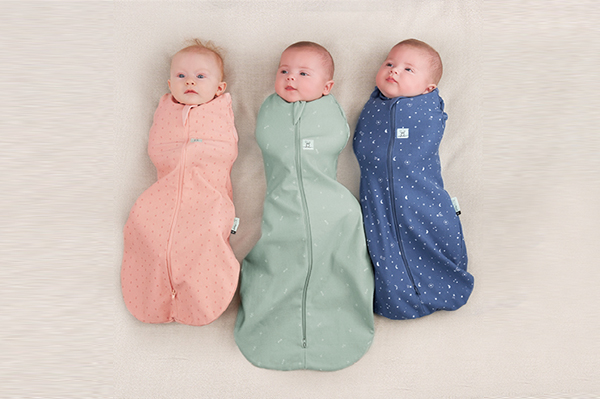
Choosing the right swaddle involves understanding your newborn’s delicate needs.
Newborn Swaddle Essentials
- Breathability: Prevents overheating.
- Softness: Minimizes skin irritation.
| Fabric Type | Comfort Level | Breathability | Safety for Newborns |
|---|---|---|---|
| Organic Cotton | High | Good | Excellent |
| Bamboo | High | Excellent | Very Good |
For newborns, it is crucial to use fabrics that maintain an ideal body temperature and feel gentle against their skin. I always ensure that the swaddles I choose are free from harsh chemicals and have been dermatologically tested for safety.
What should newborn wear to bed under swaddle?
From my practical experience, what a newborn wears under the swaddle is just as important as the swaddle itself. Layering correctly ensures optimal comfort and safety.
A newborn should wear a soft, fitted onesie or lightweight sleepwear made from organic cotton under the swaddle. This base layer helps maintain warmth while allowing breathability, reducing the risk of overheating.
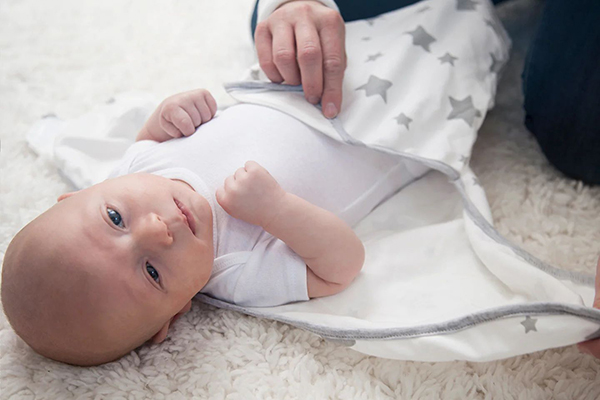
Proper layering under a swaddle is crucial for temperature control and safety.
Bedtime Layering Tips
- Base Layer: Choose organic cotton for its softness.
- Swaddle Fabric: Ensure it is breathable and secure.
| Clothing Item | Material | Benefit |
|---|---|---|
| Onesie | Organic Cotton | Soft and hypoallergenic |
| Sleepwear | Bamboo/Organic Cotton | Breathable and gentle |
I always advise parents to dress their newborns in a single layer of sleepwear to avoid excessive heat buildup. The combination of a well-fitted onesie and a breathable swaddle ensures that the baby stays comfortable throughout the night. Attention to detail in fabric quality can make a significant difference in a newborn's sleep quality.
How can I maintain the fabric quality?
Maintaining fabric quality is key to ensuring long-term durability and comfort. I always emphasize proper care techniques to preserve the natural benefits of the fabric.
Regular washing in cold water, gentle detergents, and avoiding harsh chemicals are essential steps. Following the manufacturer’s instructions helps maintain the softness, color, and longevity of the fabric, ensuring it remains safe for baby use.
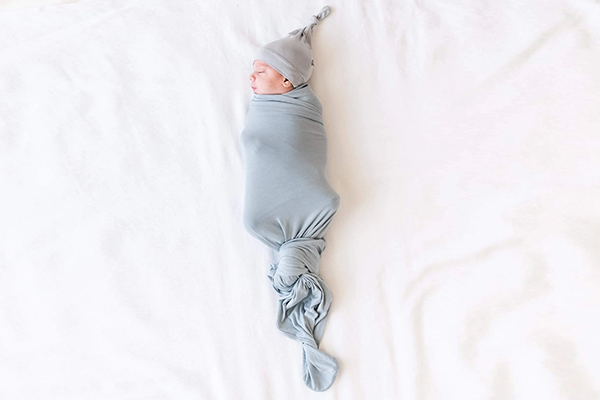
Proper maintenance keeps swaddle fabrics in excellent condition over time.
Fabric Care Guidelines
- Washing: Use cold water and mild detergents.
- Drying: Air dry when possible.
| Care Step | Recommendation | Benefit |
|---|---|---|
| Washing | Cold water, gentle cycle | Preserves fabric fibers |
| Detergents | Mild, fragrance-free | Reduces chemical exposure |
| Drying | Air dry or low heat | Maintains softness |
Maintaining fabric quality is a simple yet vital part of caring for your baby’s clothing. I follow a strict routine to ensure that every swaddle and blanket stays as soft and reliable as the day it was made. Using eco-friendly products and following proper washing guidelines helps in preserving the fabric’s natural properties, ensuring that it remains safe, durable, and comfortable for everyday use.
Conclusion
In my experience, organic cotton and bamboo are both excellent for swaddling. Prioritize softness, breathability, and proper care to keep your baby comfortable and safe. For more tips, visit www.babyclothingfactory.com or contact me at david@babyclothingfactory.com.